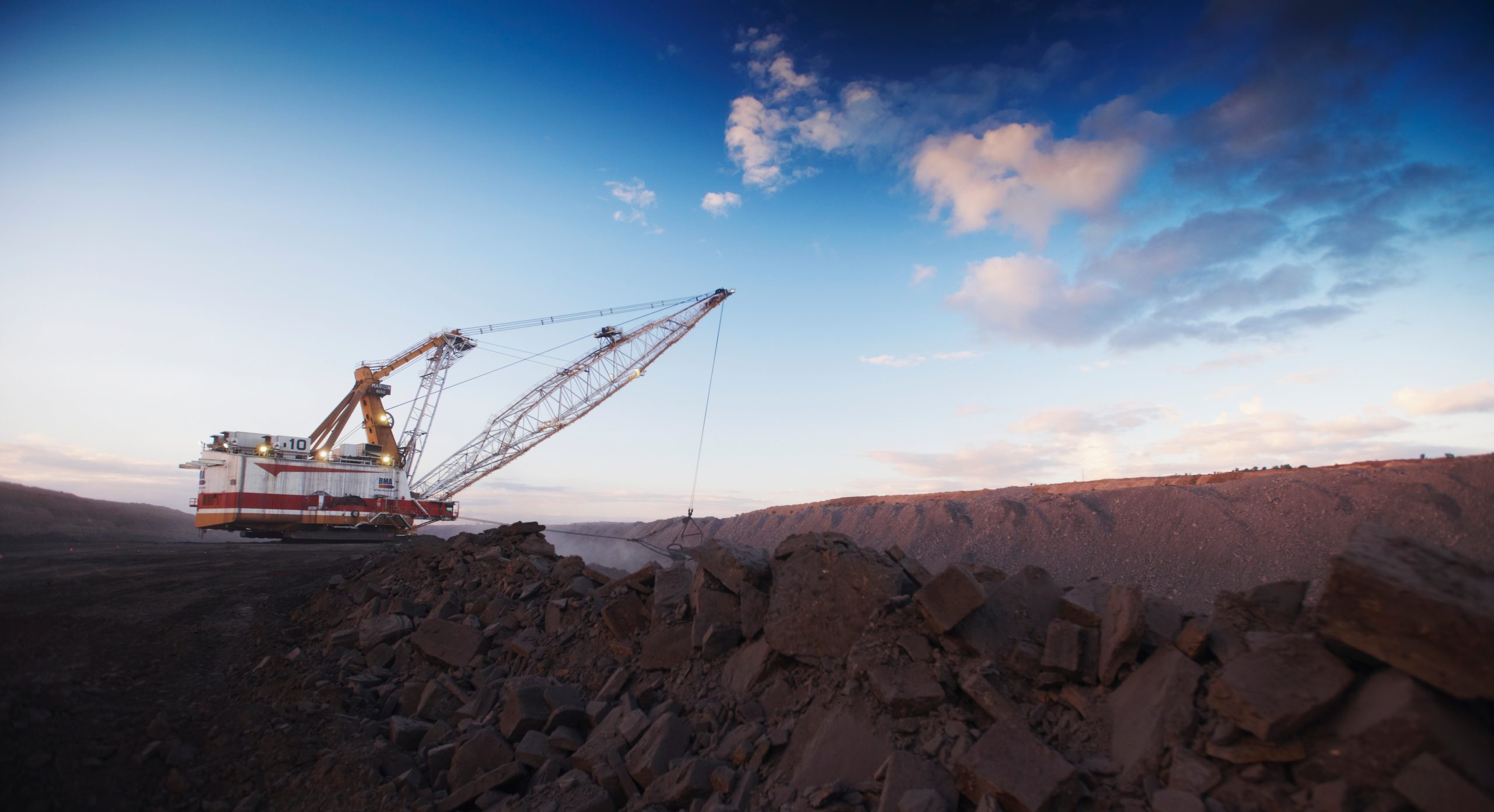
Unless you’re a space alien reading this when a stray wifi signal finds its way to your planet or space pod, your ancestors had an amazing view of the night sky. At the end of the last glacial period (aka ice age, but that’s an inaccurate term), everyone could leave their shelter at night and see the Milky Way. Their view of the heavens was clearer and cleaner than even the darkest places on earth today.
But we’ve lost what they had. Light pollution has had a significant impact on stargazing and has dimmed our view of the stars over history. As artificial lighting has become more prevalent, it has led to the excessive illumination of the night sky, making it difficult to see stars and celestial objects clearly.
The history of light pollution can be traced back to the industrial revolution, when the use of gas lamps and later electric lighting became widespread. The invention and expansion of electric lights in the 20th century exacerbated the problem, as the intensity and reach of artificial lighting increased dramatically. In recent years, light pollution has continued to worsen due to urbanization, population growth, and the proliferation of outdoor lighting fixtures. As cities and towns expand, the amount of artificial light increases, further obscuring the stars.
Sadly, the consequences of light pollution extend beyond just obstructing our view of the stars. It disrupts ecosystems, affects wildlife behavior, interferes with human sleep patterns, and has negative impacts on human health. Light pollution also hinders scientific research and exploration of the universe.
Reducing The Harm Of Light Pollution
Efforts to address light pollution have gained momentum in recent years. International Dark Sky Parks and Reserves are designated areas where steps are taken to reduce light pollution and preserve the visibility of the night sky, and they’re inspected and approved by volunteers working with DarkSky International. Many communities and even cities globally are working to reduce light pollution and preserve or restore the view of the night in everyone’s backyards, and help improve the situation for animals.
The nice thing about all of these efforts is that they don’t leave humans in the dark. Artificial light is essential to our safety and well-being, as well as our livelihoods in many cases, but that doesn’t mean we need to be wasteful with it. Light that shines upward into the sky, blinds people, and intrudes into your bedroom windows at night doesn’t do anybody a bit of good, so that’s the first thing dark sky activists try to address.
The goal is to put light where people need it, when they need it, and in the amount they need, and then leave places dark that can safely be left dark. Not only does this make the night sky better, but it helps the health and safety of both humans and other animals. Plus, not having a bright light blinding you to what’s in the shadows leaves fewer places for dangers like criminal attackers to lurk.
Getting A Taste Of What Our Ancestors Had
Despite our best efforts to reduce light pollution, cities and other populated areas can never go back to what our ancestors had. That’s just an unrealistic goal. That having been said, it’s still a nice thing to go see at least sometimes, right?
There’s a part of us that wants to see the heavens in all of their beauty. For many people, their first experience seeing the Milky Way is a deeply emotional experience, one that can bring them to tears (happy ones!). For some people I’ve taken out to places with dark skies, their first reaction to the Milky Way is, “What’s that?” because they came from somewhere like the eastern United States or Asia and had no idea that seeing our galaxy at night was even a possibility.
So, it should be no surprise that people all over are getting into dark sky tourism, trying to find places to visit where there’s a clear view of the stars. But, getting away from one of the biggest problems in the modern world is hard, because lights are almost everywhere.
For me, I quit using guesswork and use apps like Light Pollution Map to find camping spots with minimal light pollution, but even then it can be a bit of a gamble. All it takes is one ranch or farmhouse with bad lighting or one group of rowdy campers with a penchant for decorative lighting to ruin the view, and no map can tell you where you’ll find that.
Fortunately, DarkSky International has a way to just about guarantee a good view of the night sky on your next trip!
The new DarkSky Approved Lodging program aims to assess how dark sky friendly a hotel, resort, or other lodging business is, and then approve the ones that not only have great views of the sky in their area, but don’t have any lighting that ruins this for their guests. The lodging certification program, created in collaboration with Under Canvas, a chain of upscale “glamping” resorts, establishes a groundbreaking industry standard. It encourages hospitality companies to participate in DarkSky’s mission to combat the escalating issue of light pollution and protect the night sky.

On August 8, 2023, Under Canvas Lake Powell – Grand Staircase became the inaugural DarkSky Approved Lodging, acknowledged for its exceptional sky quality. This recognition is a result of its conscientious design, operations, and guest education, as well as the implementation of on-site DarkSky Approved lighting to preserve the nighttime environment.
Situated on a canyon rim plateau, Under Canvas Lake Powell – Grand Staircase captures the breathtaking beauty of the American Southwest. With its own on-site slot canyon and panoramic views, this destination offers safari-inspired tent accommodations, upscale amenities, complimentary stargazing, and convenient access to exciting outdoor activities. Located just 14 miles from Arizona’s main Lake Powell marina, it’s the perfect base for exploring the wonders of the region.
Businesses interested in applying for DarkSky Approved Lodging status should visit Dark Sky International’s website and provide their contact information at the bottom of the page. This program is still in the final stages of development, and interested businesses will be able to apply soon!
Featured image: “Lightning and Stars” by Jennifer Sensiba.
I don’t like paywalls. You don’t like paywalls. Who likes paywalls? Here at CleanTechnica, we implemented a limited paywall for a while, but it always felt wrong — and it was always tough to decide what we should put behind there. In theory, your most exclusive and best content goes behind a paywall. But then fewer people read it! We just don’t like paywalls, and so we’ve decided to ditch ours. Unfortunately, the media business is still a tough, cut-throat business with tiny margins. It’s a never-ending Olympic challenge to stay above water or even perhaps — gasp — grow. So …




